The founder of Lamata (formerly Amormata) shares his journey from a ranch in Chihuahua to his current role as an advocate for preserving mezcal traditions.
You are likely more familiar with Luis Loya’s brand than his agave industry persona–he’s a behind-the-scenes kind of guy. The spirits he sources for his portfolio are top quality and represent some of the lesser-known styles and regions from all over Mexico, including Nuevo León, Tamaulipas, Chihuahua, Durango, Sonora, and Oaxaca.
Lamata is built on a foundation of respect for land and culture, and Luis draws from deeply rooted relationships with producers and their communities. He’s one of those rare talents who combines a sharp palate, respect for traditions, and entrepreneurship, creating something special that enhances the category to the benefit of all, especially us imbibers. His philosophical demeanor and poetic nature come through whenever there’s an opportunity for conversation, which is typically educational and always a delight.
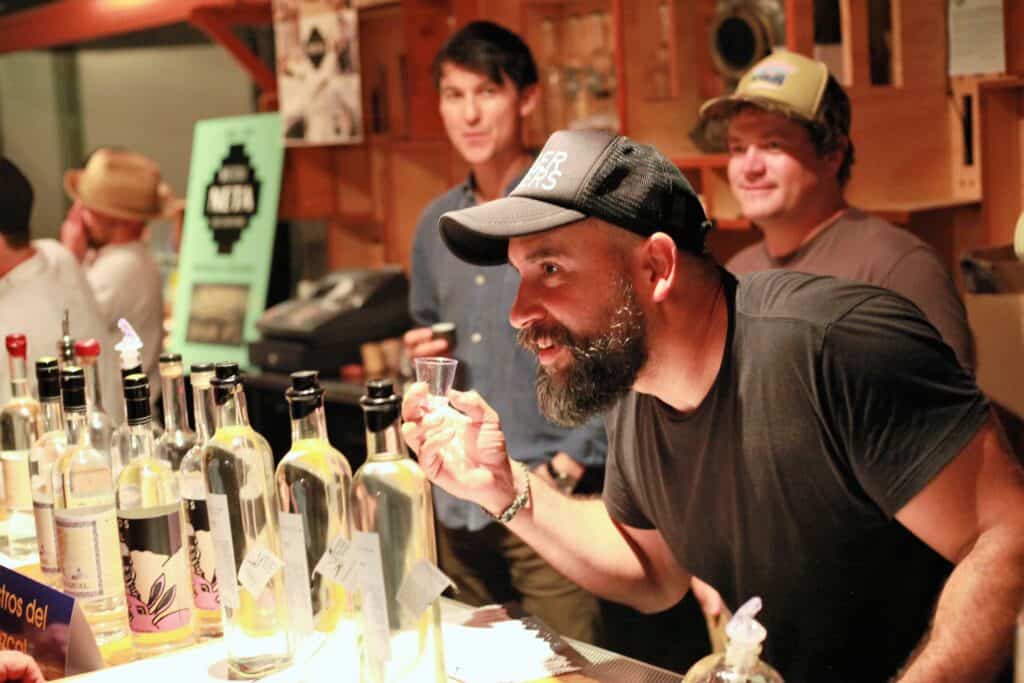
Where did you grow up?
I am originally from the state of Chihuahua, in northern Mexico, and I lived there until I was 18. During that time, the countryside had a profound impact on my life. My father always worked on the ranch and with livestock, a trade he inherited from my grandfather. He taught me discipline, respect for the land, and connection with the people and communities who inhabit it.
I believe my father and our trade are the deepest influences on my journey into mezcal. My dad took me to the pueblos and ranchos. I would sleep outside and learn the work of planting and taking care of animals. I was always drawn to this rural lifestyle: the people and the communities. This contact helped me connect to mezcal later in life. Each visit to a community is a lesson; each distillate, an opportunity to learn. For me, this is a constant quest, with all my senses open to absorb the knowledge each experience provides.
Where and what did you study?
It was in [my childhood] environment that I understood how demanding farm work can be, and also the richness of its customs, food, language, and traditions. Later, life took me abroad to study: first, eight months at a private high school in Maine. Upon returning to Mexico, I went to Nuevo León to study Architecture at Tecnologico de Monterrey. That experience awakened in me a deep lesson: not just to look, but to see—to understand things from different perspectives.
About 19 years ago, I resumed student life in Spain at the Universidad de Navarra, where I studied for a master’s degree in design.
What was your introduction to mezcal?
Upon returning to Mexico, things started to get truly interesting. I knew of mezcal, but not the genuine mezcal. In Spain, a friend from Oaxaca would bring commercial mezcal of poor quality, which we drank nonetheless, with nostalgia and even the worm, as a reminder of our roots.
Leaving Mexico and living abroad was like cataract surgery: suddenly, I could see my country clearly and appreciate what had once gone unnoticed. My father’s trade, the food, the products of the land, the language, the tradition—everything took on a profound value. My return was marked by an intense hunger for Mexico, for its people, its land, and its culture.
I admire the producers and their communities. The resilience they have and keep having. I admire producers who have their own brand. And anyone who shares information about traditional mezcal without looking for their own financial benefit, as well as those who use their businesses to help communities in need.
On a trip to Oaxaca—the first of many—someone had me taste three mezcals made from different agaves. It was a revelation and raised many questions, but the most important one was: How is it that Mexicans are deprived of all this?
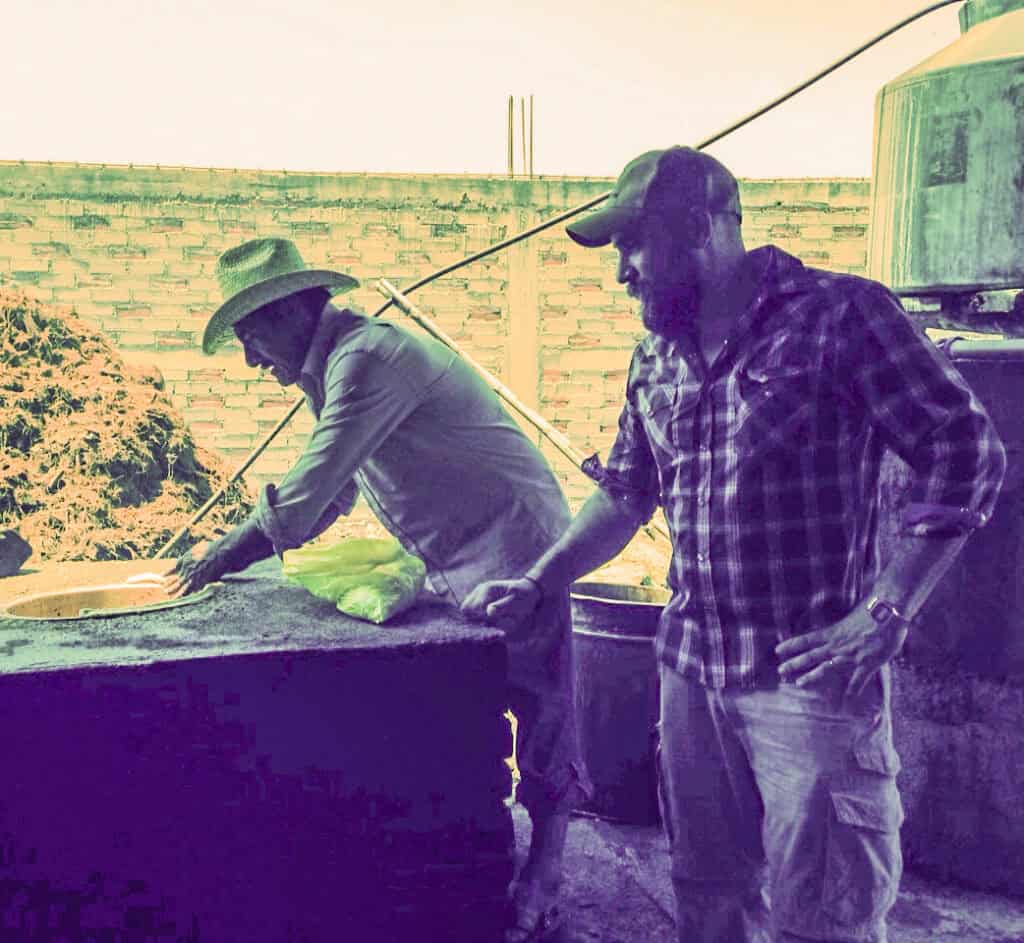
Can you tell me a bit more about your mezcal journey?
When I started to get into mezcal about 15 years ago, what struck me the most was my own ignorance, as well as everyone else’s. I knew about mezcal, but from a commercial point of view, seeing it in liquor stores as a product that didn’t really represent traditional mezcal–I think a lot of it was adulterated. When I tried a well-made traditional mezcal, I was inspired, and I started studying the different varieties and production methods, and I was surprised that no one really knew about all of this.
I started to connect with people online, reviewing documents, listening to podcasts and interviews. I was in the north of Mexico, isolated from Oaxaca where all the movement was, and even from CDMX, Guadalajara, and Michoacan, where there was more potential and interest, so I studied on my own and connected with people virtually.
What are your thoughts on the contemporary mezcal industry?
That’s a very extensive question. I think we have overcome ignorance when it comes to mezcal. Before we were focused on educating people about traditional mezcal. Now there are people talking about it, and it remains important information to disseminate. Education is slow and requires public interest. We are up against big brands that have the most presence and use their primary tool of marketing. Marketing is faster than education, so this is a big challenge.
What’s happening with mezcal in the north?
When we talk about Mexico we tend to homogenize, but each region is distinct. Unfortunately, the traditions are going extinct in some places: Tamaulipas, Nuevo Leon, and Sonora. People have more access to urban life and imported beverages, and so some producing communities have stopped making traditional agave spirits. Nuevo Leon only has seven families producing traditional distillates. They often have to adulterate their mezcal to be able to sell it cheaply–otherwise no one will buy it. I work with families in hopes that they will get back to producing traditional distillates with pride. Let’s hope we can rescue the tradition that is on the brink of being extinguished.
Mezcal is trendy, and there are state initiatives, like getting Nuevo Leon into the Mezcal Denomination of Origen (DO). I’m not in favor of that because there are only seven families producing, so the priority is rescuing the tradition–not entering the entire state into the commercial environment. There is a lot of wild agave in Nuevo Leon and investors bring people from Oaxaca and other regions to introduce those production methods, like in Durango. It’s not helping families or the traditions of the region to enter into the DO. My proposal would be for Nuevo Leon to have their own DO. It’s good that there are studies and people gathering information and history, but it’s important that we talk about and preserve the differences between one region and another.

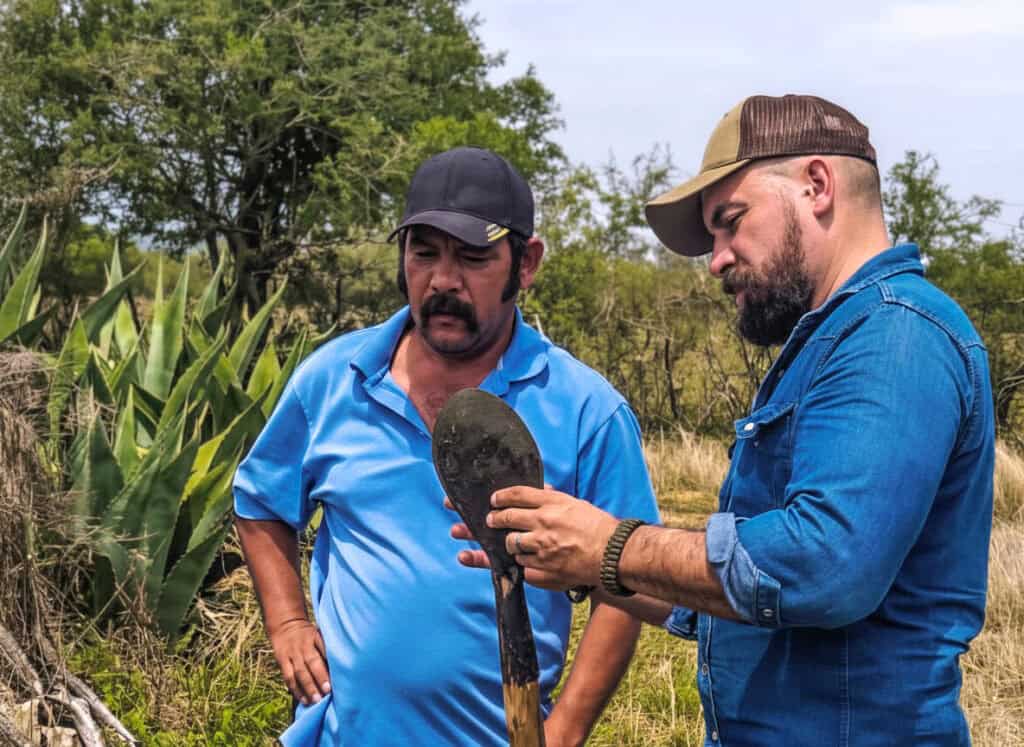
What’s on the horizon, what are you excited about looking forward to?
What excites me about the future is precisely this endless search: discovering unique spirits and learning how to truly appreciate them. I hope this curiosity never fades; that the search continues, because if one day it were to end, there would be nothing left to do but turn off the light and go to sleep.


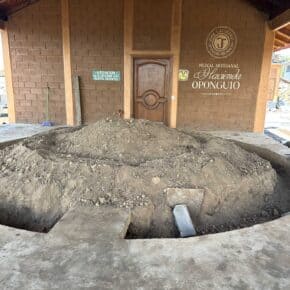


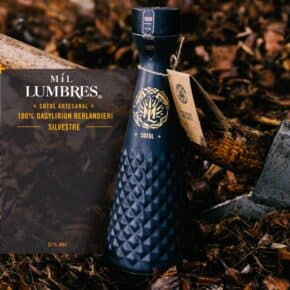
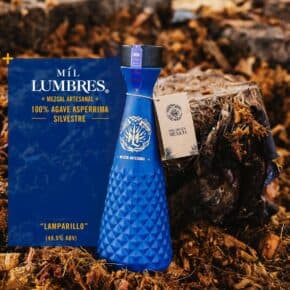
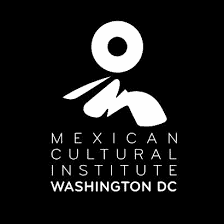

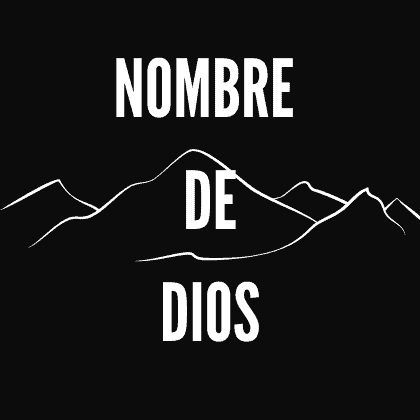


Leave a Comment